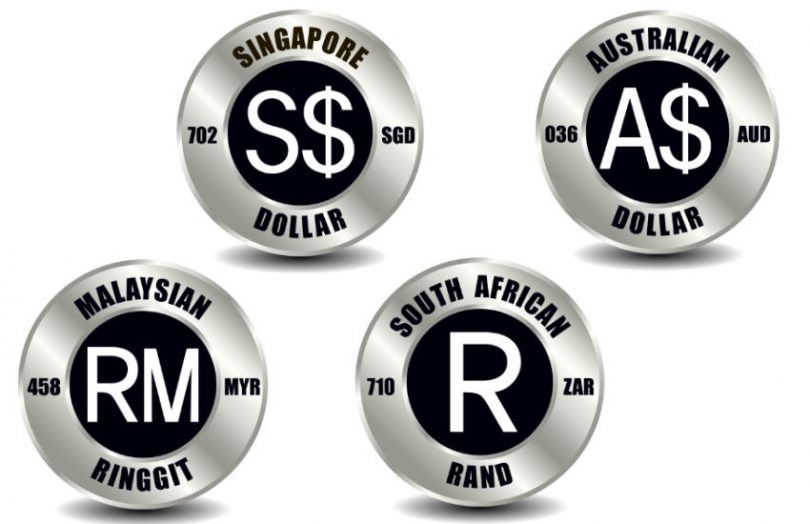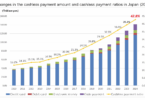Today Project Dunbar, the multi-central bank digital currency (m-CBDC) project for cross border payments, published its first report. The goal of the initiative is to reduce the costs and inefficiencies in cross border payments. Participants in the project include the BIS and the central banks of Singapore, Malaysia, South Africa and Australia. A key question raised is whether central banks would allow foreign banks to hold their CBDCs directly or whether they’d require a local sponsoring bank to hold it on their behalf.
“A common platform is the most efficient model for payments connectivity but is also the most challenging to achieve,” said Andrew McCormack, Head of the BIS Innovation Hub Centre in Singapore. “Project Dunbar demonstrated that key concerns of trust and shared control can be addressed through governance mechanisms enforced by robust technological means, laying the foundation for the development of future global and regional platforms.”
This latter point is one of the three key policy questions raised:
Article continues …

Want the full story? Pro subscribers get complete articles, exclusive industry analysis, and early access to legislative updates that keep you ahead of the competition. Join the professionals who are choosing deeper insights over surface level news.






